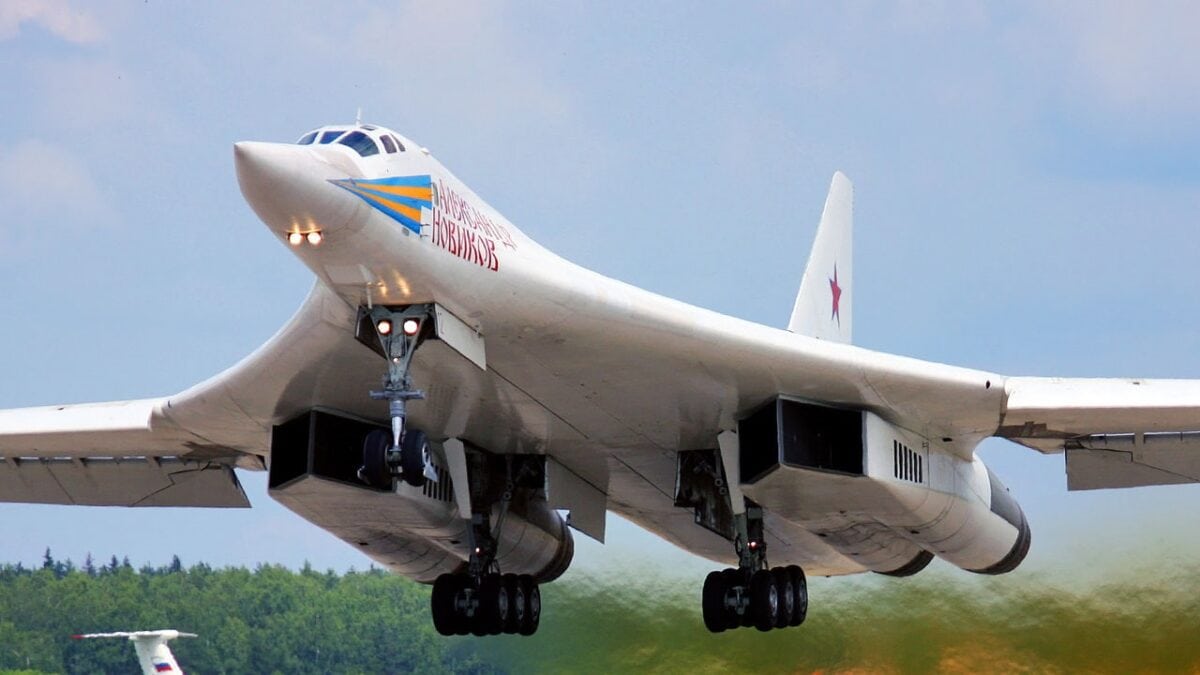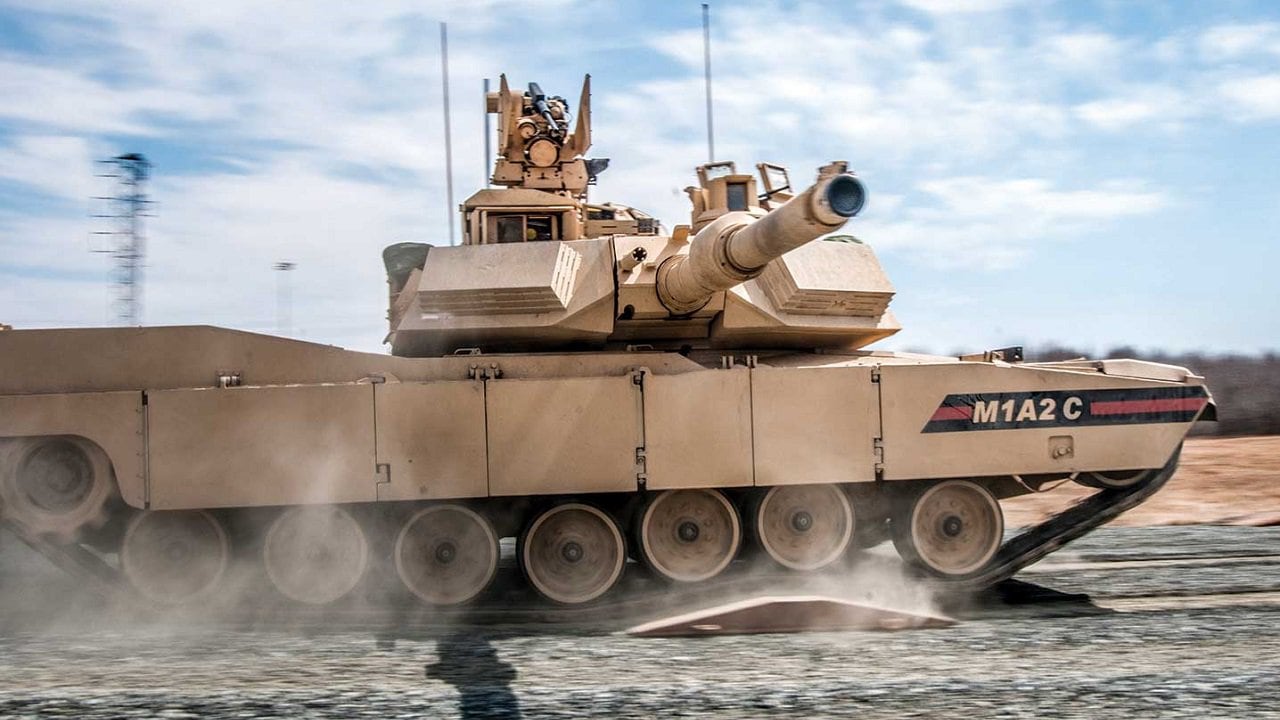Could Russia still fight NATO? The war in Ukraine has proved catastrophic for the Russian military thus far. In almost seven months of war, the Russian forces have suffered one humiliating defeat after another, losing tens of thousands of troops in the process and thousands of pieces of equipment.
As a result, the capabilities of the Russian military have been seriously degraded, and Moscow’s ability to fight the U.S. and NATO has been dramatically degraded.
The Destruction of the Russian Military
The heavy losses of the Russian military in Ukraine will take years and billions to repair. For example, some of the Russian units that defended—and retreated—from Kharkiv belonged to the elite 1st Guards Tank Army.
One of the best formations in the Russian military before the war, the 1st Guards Tank Army was used in the assault on Kyiv in the opening weeks and months of the war.
In peacetime, the unit is reserved for the defense of Moscow and for counterattacks against NATO forces in the event of a conflict with the transatlantic alliance.
But the heavy fighting around Kyiv and Kharkiv has left the formation in tatters, losing dozens of tanks, armored personnel carriers, and infantry fighting vehicles and thousands of troops. The losses from the Battle for Kyiv were so heavy that even five months later the formation hadn’t fully replenished them when the Ukrainian forces counterattacked around Kharkiv.
“With 1 GTA and other WEMD [Western Military District] formations severely degraded, Russia’s conventional force designed to counter NATO is severely weakened. It will likely take years for Russia to rebuild this capability,” the British Military Intelligence assessed in its daily estimate of the war.
Russia Has Taken Some Big Wholesale Losses
The losses of the 1st Guards Tank Army are representative of the wholesale losses of the entire Russian military in Ukraine.
In the last week of fighting alone, the Russian military has lost 4,350 Russian troops killed (and between 8,500 to 13,000 wounded), 84 tanks, 155 armored personnel carriers and infantry fighting vehicles, 94 artillery pieces, 15 Multiple Launch Rocket Systems, 11 anti-aircraft systems, 7 fighter, attack, or transport aircraft, 6 helicopters, 27 unmanned aerial systems, 24 cruise missiles, 8 pieces of special equipment, such as bridging material, and 176 vehicles and fuel tanks.
Such losses are hard to replenish, especially under the excruciating sanctions that the U.S. and the West have imposed on Moscow. To be sure, Russia is a vast country with a large population. Under real stress, the Kremlin could replenish its forces by triggering a mass mobilization. But in the materiel aspect, the situation isn’t as easy.

Tu-160 Bomber. Image Credit: Creative Commons.
The U.S. and Western sanctions have crippled the Russian defense and aerospace industry, and any tank, fighter jet, artillery piece, and ballistic missile being lost in Ukraine is that much harder to replace.
As the war continues, the Russian military capabilities are bound to decrease in effectiveness and, alongside them, the conventional military deterrence of Russia.
Expert Biography: A 19FortyFive Defense and National Security Columnist, Stavros Atlamazoglou is a seasoned defense journalist specializing in special operations, a Hellenic Army veteran (national service with the 575th Marine Battalion and Army HQ), and a Johns Hopkins University graduate. His work has been featured in Business Insider, Sandboxx, and SOFREP.

